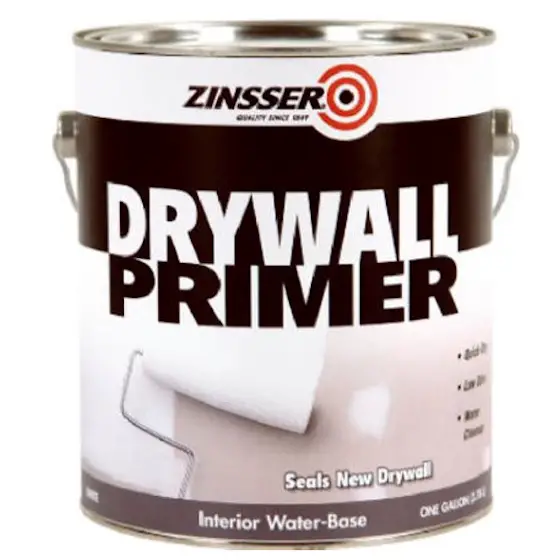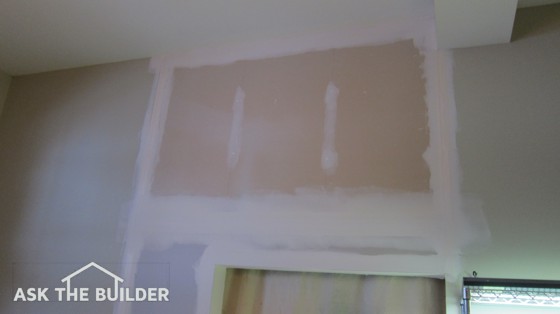Nine months ago a neighbor's house suffered from a devastating electrical fire. No one was injured or killed but the house was ravaged by the fire. I helped the neighbor's locate possibly the best builder in town - Amy Christian - to reconstruct the home. Amy is very well organized and spent lots of time going over exactly what she was going to do. Back in the spring Amy outlined the product selections that needed to be made to keep the job on schedule. Everything seemed to be on track.
Ho Hum
The neighbors did their job and picked out materials. Amy began to install them. But once installed, the wife decided to change her mind about certain things. As you might expect this created a flood of expensive change orders and the delays that all too often are part of a change order.
What's more, the homeowners started to select materials that didn't work well with the existing construction. For example, they recently decided to install lots of large sized ceramic floor tile. The thickness of the tile plus the required cement board underlayment created problems at a pair of swinging doors and where the tile butts up against existing hardwood flooring. The long and short of it is that the homeowners drifted from the outline provided by the builder. As you can imagine there is some finger pointing and lots of unnecessary stress.
Servants? I Think Not
Don't take decision making lightly. The builder and all of the sub contractors have other jobs to go to. It is unreasonable for you to think that they are your servants. As such, when you make a product selection, expect to live with it or pay a hefty price to make a change. Certain materials that you like may be custom ordered. It can take months to get some items. If you decide too late or change your mind, the job will undoubtedly grind to a halt. Trust me, as I write this my neighbor's house is vacant and no one is working there today. The wife changed her mind on several items and the builder is waiting for the material to arrive.
Avoiding the Slowdown
You can avoid lots of hassle if you make all of your decisions before you start the job. This is done all the time on commercial work. Certain materials are specified and called for in the original plans. This is one reason why commercial projects often run much more smoothly than residential ones. It is also why they often are completed at a more rapid pace. The architects and building owners don't dilly dally around. They make decisions and move on.
Making a Binder
Organizing your selections is important. I have found that a large sized 3 ring binder works well for this. Create a section or tab for each room. In that section store all of the technical cut sheets for the products that will be in that room. If you are really detail oriented you will have a color chip for each paint that will be used in that room as well as samples of fabrics, carpet, and window shades, etc. These are very important in case the wrong items get delivered to the jobsite. A worker can look at the binder and cross check the item before he starts to install it.
Don't Wait
It is going to take time to build the binder. You will visit many stores and walk out with brochures, samples, etc. It can take weeks and weeks to finally put it all together. The upside? Well, if you do your homework and the builder approves all of your choices, you get to sit back and make leisurely visits to the jobsite to check on the progress.
Column B376


